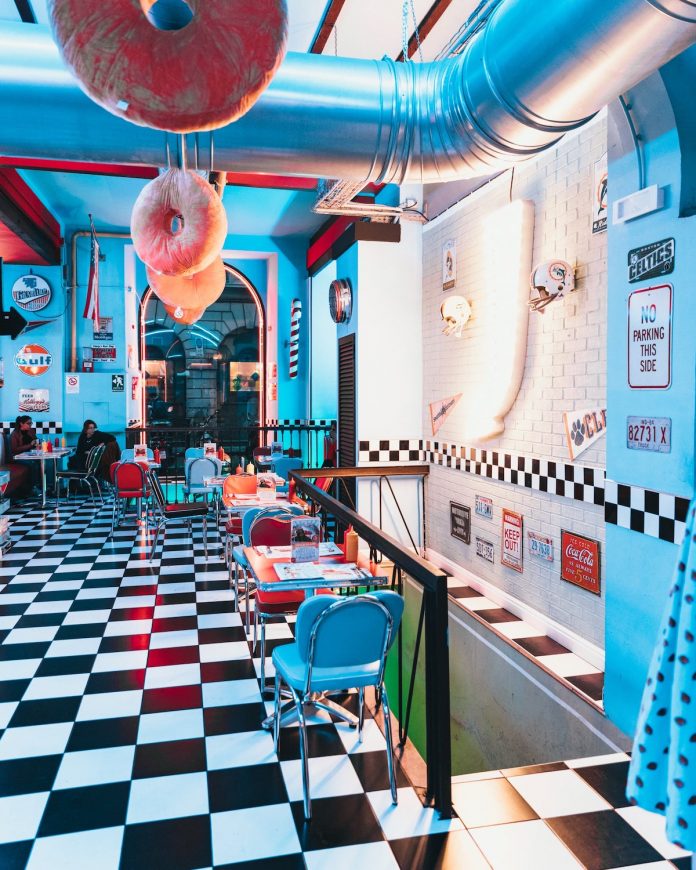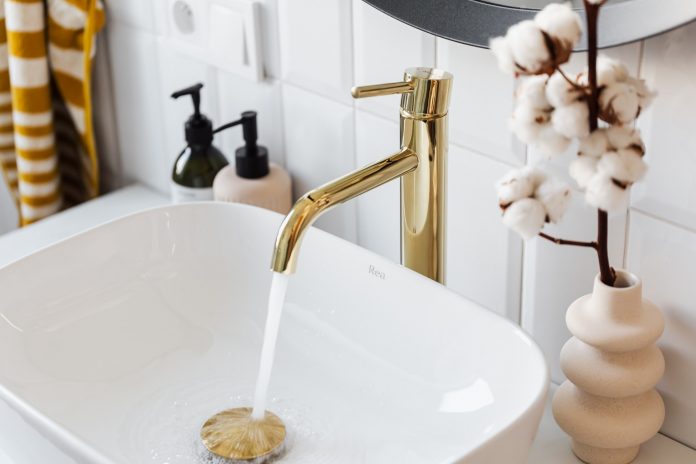The Influence Of Hygiene On Restaurant Design
Designing a restaurant involves a myriad of factors. From aesthetics to ambiance, from customer service to the menu, everything plays an integral part in creating an inviting dining experience. Among these various aspects, one element remains often overlooked but holds significant importance: hygiene. Proper sanitation is not just about keeping up with health department regulations; it can profoundly influence a restaurant’s design.
The competition is intense in a bustling city where dining options are abundant. Restaurants must set themselves apart to stay successful. By hiring quality restaurant cleaning services, businesses can achieve high standards of cleanliness, but there’s more to it. Hygiene should be a key consideration from the very start, even in the design phase of the restaurant.
1. Integrating Hygiene In Layout Planning
Integrating hygiene in layout planning is crucial to ensure a clean and safe environment for customers and staff. A well-designed layout can make cleaning processes more efficient and effective. For instance, tables and chairs should be strategically placed to allow easy access for cleaning staff to reach all areas.
The kitchen layout should also be spacious enough to prevent cross-contamination and ensure that cleaning tasks are easily done. Additionally, the choice of materials used in the layout should be easy to clean and maintain. Overall, integrating hygiene in layout planning is essential to maintain a high level of cleanliness and hygiene in a restaurant.
2. Choosing Hygienic Materials And Finishes
Choosing hygienic materials and finishes is crucial in maintaining a clean and safe environment in a restaurant. Non-porous materials like stainless steel, granite, and high-quality laminates are preferred for countertops, walls, and floors. These materials prevent the growth of bacteria and molds and are easy to clean. Upholstery materials like vinyl and leather are also preferred for easy cleaning.
In addition to hygiene, the choice of materials also affects the overall aesthetic appeal of the restaurant. Lighting is also an essential aspect, as it affects both hygiene and design. Adequate lighting can help prevent the growth of bacteria and molds while enhancing the restaurant’s ambiance.
3. Role Of Lighting In Promoting Hygiene
Lighting is an essential aspect of promoting hygiene in a restaurant. Adequate lighting makes it easier to notice dirt, dust, and stains, prompting regular and thorough cleaning. Certain types of lighting, such as UV light, have disinfecting properties, effectively killing bacteria and germs.
Good lighting design in the kitchen also helps prepare food cleanly and safely. Proper illumination of kitchen spaces ensures that all surfaces are visible and food is prepared hygienically. Overall, the role of lighting in promoting hygiene cannot be overstated, and it should be a crucial consideration in restaurant design and layout planning.
4. Designing For Ventilation
Designing for ventilation is crucial to maintaining good air quality and controlling odors in a restaurant. Proper ventilation is not just about comfort but also about health and hygiene. Effective ventilation helps prevent the buildup of smoke, steam, and strong odors, which can lead to an uncomfortable dining environment.
Poor ventilation can also lead to bacteria and mold growth, harming customers and staff. Therefore, designing for ventilation is essential to ensure a clean and safe environment in a restaurant. Proper ventilation systems should be installed to maintain good air quality and control odors, promoting a comfortable and healthy dining experience.
5. Outdoor Dining And Hygiene
Outdoor dining can be a great customer experience but also presents unique hygiene challenges. Factors like wind, rain, and wildlife can all impact the cleanliness of outdoor dining spaces. Therefore, the design of these spaces should consider weather-resistant furniture, sturdy outdoor flooring, and pest control measures. Furniture and fixtures should be easy to clean and maintain, and the flooring should be slip-resistant and withstand outdoor elements.
Additionally, pest control measures should be implemented to prevent the infestation of insects and animals that could compromise the hygiene of the outdoor dining area. Overall, proper design and maintenance of outdoor dining spaces are essential to ensure customers’ clean and hygienic environment.
Conclusion: The Influence Of Hygiene On Restaurant Design
Every design decision in a restaurant can have implications for hygiene. From layout planning to material selection, lighting, and ventilation, every aspect should be considered to ensure a clean and safe environment for customers and staff. Proper cleanliness and sanitation assure customers’ health and safety and enhance their overall dining experience. Therefore, it is crucial to integrate hygiene into restaurant design and maintenance. By doing so, restaurants can create a welcoming and hygienic environment that promotes the health and safety of everyone who walks through the door.







